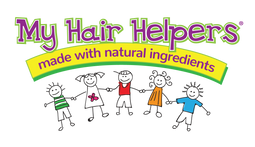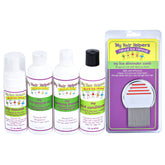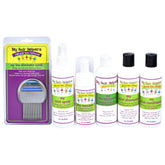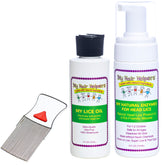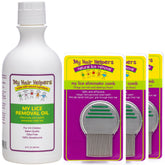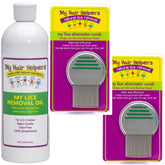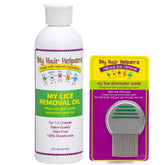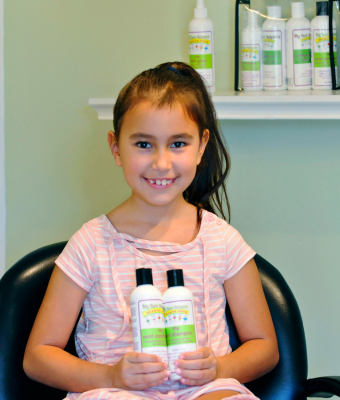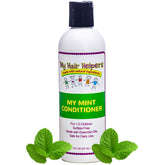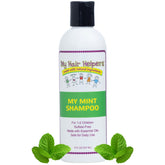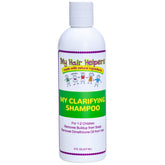WHO IS MOST LKELY TO GET HAIR LICE?
Head lice – the very mention of these tiny, wingless insects can make anyone cringe. While head lice are a common concern, there are numerous misconceptions surrounding who is most likely to get infested.
Let’s debunk common myths surrounding who can and can’t get lice and shed light on the truth behind these infestations. Understanding the facts can help dispel unnecessary fears and promote accurate awareness of these pesky parasites.
Myth 1: Only Dirty People Get Lice Reality:
FACT: Head lice do not discriminate based on cleanliness. They are equal opportunity parasites, infesting both clean and dirty scalps. Lice are spread mainly through head-to-head contact, not through a lack of personal hygiene.
It appears that lice prefer clean hair because it’s easier to grab onto compared to hair with product in it.
Myth 2: Children Are the Only Ones Affected:
FACT: While children are more commonly affected due to close contact in schools and daycare centers, anyone can get head lice. Adults, particularly those in close-contact professions or living with infested individuals, are also at risk. If someone in the home has lice, it’s important to check everyone, including grandparents who visit often.
Myth 3: Long Hair Attracts Lice:
FACT: Lice do not have a preference for long hair. They can infest hair of any length, texture, or cleanliness. However, what makes long hair more attractive to lice is its proximity. When kids are in close contact with one another, longer hair provides an opportunity for lice to move from one person to another. This is why we recommend tying up long hair and spraying it with a mint lice spray.
Myth 4: Lice Can Jump or Fly:
FACT: Lice cannot jump or fly. They crawl and move by clinging to hair strands. Direct head-to-head contact is the primary mode of transmission. While it can be difficult to track down the origin of lice, most children end up getting it from school, daycare, sports teams, or sleepovers.
Myth 5: Lice Spread Easily Through Hats and Combs:
FACT: Lice can survive away from the scalp for a short time - usually a day or two - but they do not spread easily through inanimate objects like hats or combs. The risk of transmission is significantly lower from these items compared to direct head-to-head contact. This is good news, as it prevents the need to deep clean your home if there’s an outbreak.
Prevention and Education, Empowering Communities:
Understanding the truths about head lice is crucial for effective prevention. Teaching children the importance of not sharing hats, combs, or hair accessories can reduce the risk of infestation. But ultimately, it comes down to direct contact.
Regular head checks, especially after potential exposure, can also help catch and treat lice early. If your child does end up with head lice, notify your child’s school or daycare. But don’t worry - most children don’t miss any school! Once a head lice treatment is applied, your child can return.
Natural, Effective Head Lice Prevention and Treatment
Head lice infestations are a common concern, but they can be managed effectively with accurate information and proper prevention and treatment techniques. By debunking myths and understanding the reality behind lice transmission, we can empower individuals and communities to take proactive measures.
Remember, anyone can get head lice, but with knowledge and awareness, we can minimize their impact and keep our heads – and our families – itch-free.
My Hair Helpers has safe, natural head lice products with fast shipping and family-friendly pricing. Try our products today!
